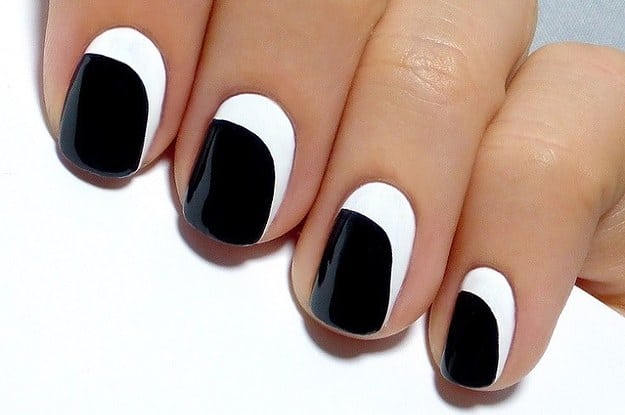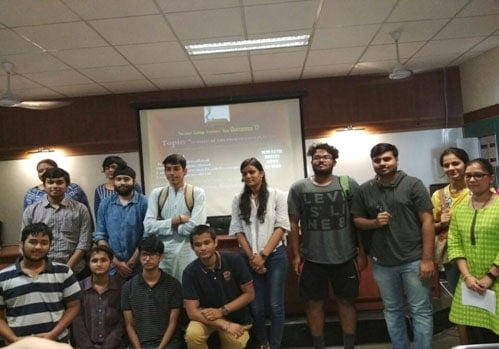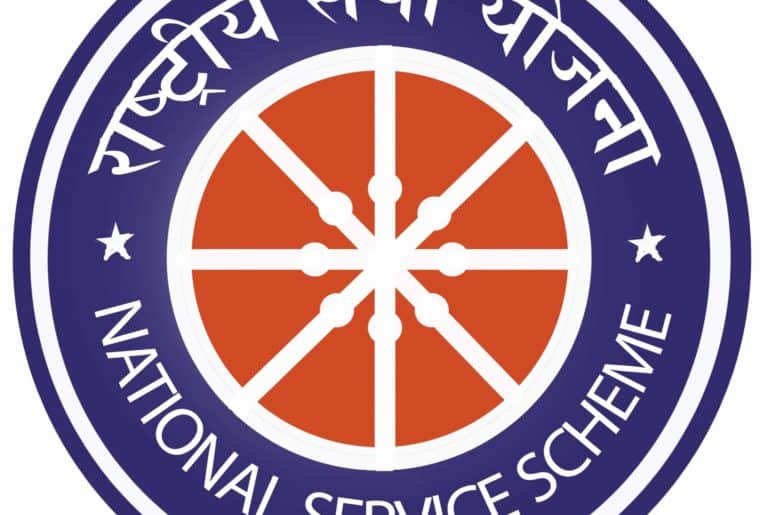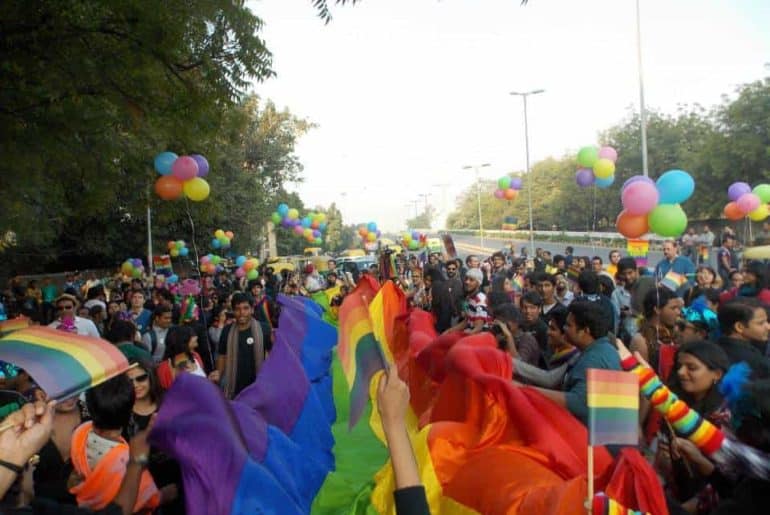Quizzing in DU has its own circle and charm. Here are a few observations, stereotypes, and other phenomena that you will observe in a typical college quiz scenario.
Right from the start, we seem to be surrounded with questions. ‘Who wrote the original ‘Panchtantra’ or ‘Why did
Game of Thrones Season 7 win the Emmy when there were better nominees?’ Regarding these questions that pop up
now and then, some of us tend not to care, some of us pretend to know the answers, and the rest of us end up joining the quizzing circuit.
Quizzing in the University of Delhi (DU) might not be as exciting to the average person. Quizzing finds a mention in the Extra Curricular Activity (ECA) quota, and almost every college in the University has a proper quizzing society. From technical science, history and commerce quizzes to pop culture, Harry Potter and anime quizzes, there is one thing or another to trigger the brain cells of the geeks in the campus. The season usually starts with a couple of freshers’ quizzes in August-September and then it carries on with other variants like the Music, Entertainment,
Literature, and Arts (MELA) Quiz, or the India Quiz.
Just like every student, every quizzer is unique and different, but for a few seconds, let’s don the robes of stereotypical, judgemental aunty and categorise these quizzers. Most of the participants are ordinary looking students with a pair of spectacles and unkempt facial hair. For a layman, the terms ‘nerd’ and ‘geek’ might have the same connotation, but any ‘wannabe Sheldon Cooper’ will tell you that this is not the case. For starters, you can notice the subtle differences in the dressing sense to differentiate a nerd from a geek. The typical nerd quizzer would usually be dressed in an elegant plain shirt (though not worn and tucked so elegantly) and jeans while the geek will
most likely be found wearing a superhero or fandom related graphic tee and loose shorts.
The beauty of quizzing is how seemingly random some questions appear, but those are usually the ones with workable solutions and their answers gather a cumulative “ohh” from the audience. Unlike high school quizzing, which tends to be much more direct and quicker, quizzing in college requires you to interpret the whole question in a deconstructive and deductive manner. College quizzing is more about working around given hints and connecting the dots and not mere rote learning. Sometimes, the answer might turn out to be the least expected thing that your mind thought of. Therefore, the key to quizzing is that there is no key. You do not need to do a lot of heavy reading on a particular theme or a subject. One needs to be aware of what goes on around them since anything can be of help to answer a question in a quiz, be it a classroom debate or a senseless Instagram post.
To sum it up, here are a few added comments and shades of opinion, on the quizzing circuit, by some members of quiz societies around DU: “The first thing I noticed when I joined Jesus and Mary College (JMC) was the general lack of enthusiasm for quizzing amongst college students. A few were genuinely interested, but they soon left for better opportunities in the Model United Nations (MUN) society or Debating Society. The representation of girls in the
DU quizzing circuit continues to be very less, as there are only a handful who are recognised by members of the DU quizzing circuit. With more initiatives being taken by quiz societies of girls colleges, this issue should hopefully subside soon.” – Member, Curiosus – The English Quiz Society, Jesus and Mary College.
“College quizzing is an experience worth living. School quizzing and college quizzing stand worlds apart, and it is
definitely a step in the better direction. Be it in the type of questions that come, or the joy that comes after answering a question, going just by what your gut says. The type of questions are quirkier and more interesting, and it is sheer pleasure winning and just sitting for the quizzes in the college arena.”- Shankar Tripathi (Vice President), Manthan – The Quizzing Society, Hindu College
Feature Image Credits: Janki Devi Memorial College
Shaurya Singh Thapa
[email protected]













